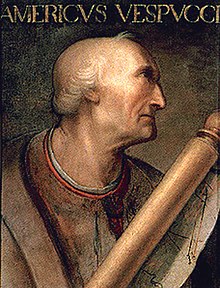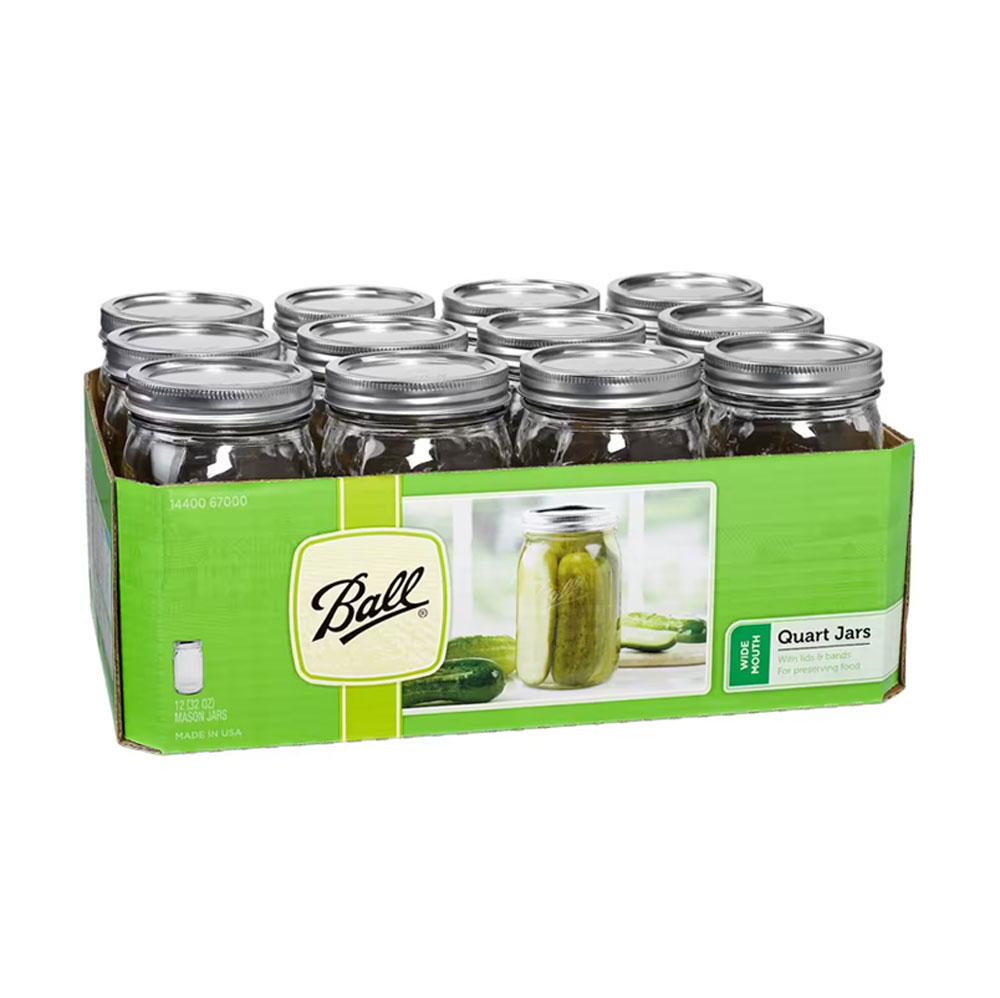It’s about this time of the year, specifically Thanksgiving, that you occasionally see depictions of the first Thanksgiving, which is believed to have occurred in Plymouth, Massachusetts in November 1621.
Or, at least what the artists “think” it may have looked like.
Most scenes show rather well-dressed pilgrims sharing a table of bounty with their new, native neighbors, the Wampanoag Indians.
And no doubt, somewhere in the painting, there’s also roasted meats, some corn, and maybe even a turkey, (although some scholars are dubious of this claim), and, of course, a peace pipe.
It’s also the time of the year that inevitably, someone you know mentions the “fact” that they believe their ancestors actually came over on the Mayflower.
That aside, at the Great Lakes Pickling Company, what we really wanted to know is…
Were there pickles on this first Thanksgiving menu?
To answer that question, you’ve got to go way back to 1492 when Columbus sailed the ocean blue.

To begin with, you just don’t load a bunch of sailors on 3 small, wooden ships and head out to sea without provisions.
On top of that, they had really no clue how long they would be at sea, or, for that matter what edible food they might find when they eventually did land somewhere. Hopefully.
Luckily, right there in Palos, Spain, where Columbus was reading his 3 ships for a voyage, was a young Italian merchant named Amerigo Vespucci, who, it is believed, was primarily responsible for the food provisions onboard expedition ships.

Known as a “ship chandler”, Amerigo was someone who sold supplies to seafaring merchants and explorers, primarily, pickled fruits, vegetables and meats, that along with dried and smoked meats.
Products that he believed, would help the sailors ward off scurvy, the deadly disease which was quite prevalent in those days.
This made pickle dealers like Vespucci, both well known, well paid and much sought after during this age of European exploration.
Pickling was his “thing” and, as it turned out, this pickle merchant, Vespucci, later turned his sights upon exploration himself, and later, embarked on voyages to the New World that would become historic.
So, all stocked with Amerigo’s pickled products, Christopher Columbus set sail from Palos, Spain, with three small ships, the Santa Maria, the Pinta and the Nina, on August 3, 1492,

66 days later, on October 12, the first expedition reached land, probably the Watling Island, in the Bahamas.
Fresh meats and vegetables would NEVER have lasted that long.
It was reported that along the ships journey, Christopher Columbus reportedly rationed pickles to his sailors, even going so far as to grow cucumbers in Haiti to restock for the rest of his trip after they arrived there.
Columbus made a total of 4 voyages to “the New World”, but none of these expeditions, nor Columbus himself, ever landed, or ever set foot on what later became The United States of America.
So, where’s the connection?
As mentioned, the pickle and provisions merchant, Amerigo Vespucci was inspired and encouraged by Columbus’s successes and later became an explorer himself, including his “discovery” of Brazil.
Vespucci claimed to have understood, back in 1501 during his Portuguese expedition, that Brazil was part of a fourth continent unknown to Europeans, which he called the “New World”.
That claim of discovery, inspired cartographer (map maker), Martin Waldseemüller, to recognize Vespucci’s accomplishments in 1507 by applying the Latinized, feminized version of Amerigo, in the form “America”, for the first time on maps depicting the “New World” that Amerigo discovered.
Other cartographers continued on with this naming, and by 1532 the name America was permanently affixed to the newly discovered continents called North and South America, named, in part, as an honor to a former pickle merchant.
Columbus died in Seville, Spain in 1506 without truly knowing that he actually “discovered” the New World (at least as the Europeans saw it) and Amerigo Vespucci died in 1512 unlikely not knowing he was responsible for introducing “pickles and pickling” to the Americas via the Columbus’s voyages, and the voyages of his own, but also that this first name is associated with a pretty sizable chunk of real estate.
So, what’s the take away?
- Pickles and pickling may have changed history by preventing untold bouts of deadly scurvy, which definitely encouraged and contributed to the discovery of new lands far away from Europe. Including, of course, America.
- While he wasn’t necessarily the world’s most important explorer, a former pickle merchant, Amerigo Vespucci’s given name became part of our own country’s name, following the United States of.
- Pickling (and pickles) were definitely part of the pilgrim’s diet due to the fact that they arrived on the Mayflower knowing how to pickle and with pickled products to sustain them during their voyages.
And now, back to the Thanksgiving menu question.
While historical writings declare that 4 pilgrim men were sent out “fowling” to bring back feathered wild game to be cooked for the first Thanksgiving feast, there was made no mention of whether they were goose, ducks, pigeons, swans or wild turkey, all which were prevalent in that area at that time. Deer, (or venison), is almost a given however.
What we do know, is that as picking was a reliable and important source of food for the pilgrim settlements in Massachusetts, in 1621.
And, as they were readying themselves for a bitter winter, it’s even more likely that pickles, or pickled vegetables of some kind, were served on that very first Thanksgiving by the pilgrims.
Maybe even more likely, than the turkey.
In honor of how pickling has influenced our country, we hope you take a moment before this Thanksgiving to prepare a pouch (or two) of one our Great Lakes Pickling flavors for your family’s feast.
From all of us at the Great Lakes Pickling Company, we wish your family a Happy Thanksgiving.




